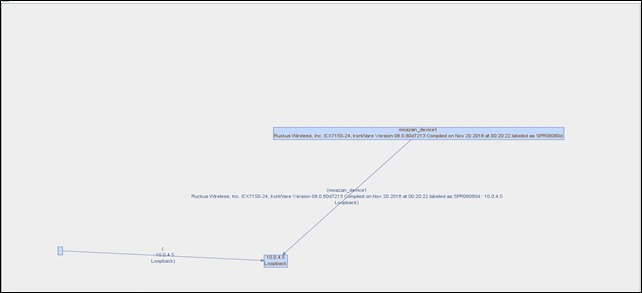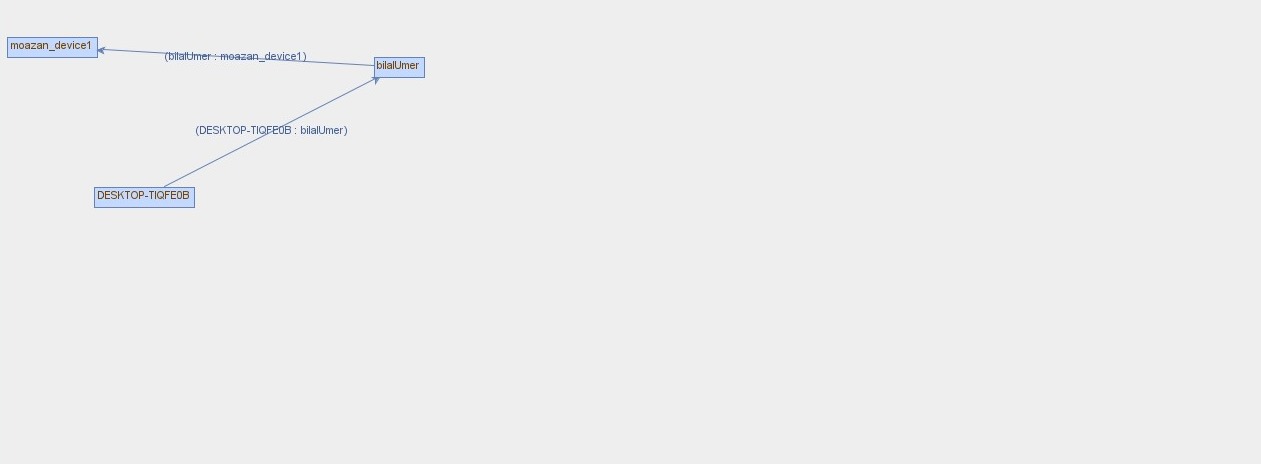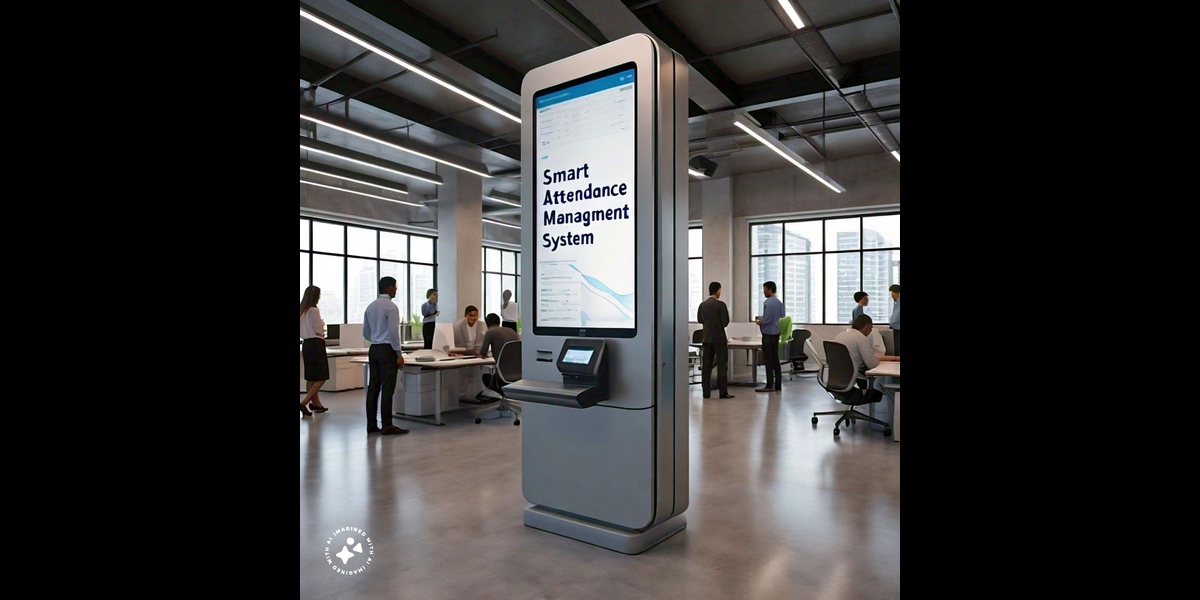“By developing NetCheck application, we aim to provide to a network administrator an abstracted view of network topology using various network monitoring and discovery protocols. It will display the networking devices and their connectivity in a Graphical User Interface.”
Objectives
The followings are the aim and objectives of the system:
• Configure network monitoring and discovery protocols.
• Collect network topology using network monitoring and discovery protocols.
• Establish a network management station to gather these information using APIs like SNMP4J
• Construct network topology graph using APIs like JGraphT
• Display devices in the network topology.
Socio-Economic Benefit
As our system is providing abstracted view of network topology in Graphical User Interface through which organizations can view their network topology and perform various troubleshooting and management activities. As per the report from ThousandEyes, a Cisco company, reported 170 global network outage events across ISPs, cloud service provider networks, collaboration app networks and edge networks (including DNS, content delivery networks, and security as a service) during the week of April 8-14. Network Topology serves as a critical tool to find network anomalies, outages and take preventative measure. Furthermore, it can also serve as a base for other advanced tools to troubleshoot the network like Header Space Analysis (HSA)
Methodologies
• we configured the switch by assigning a hostname, creating a loopback address for management and assigning IP addresses and subnet masks to the loopback and switch interfaces.
• After this we configured SNMPv2c (Simple Network Management Protocol version 2c) parameters by creating a community string with required privileges (e.g. rw – read/write) and specifying a trap destination associated with the crated community string.
• To route SNMP packets to different destinations in the network there must be a path/route to that destination for which we configured a dynamic routing protocol RIP (Routing Information Protocol) with version 1 and 2.
• Then we configured LLDP (Link Layer Discovery Protocol) as it is an industry standard protocol to collect neighbors’ information. We are accessing LLDP information stored in the device management information base (MIB) through SNMP
• After configuring the switch, we move onto coding part where we used SNMP4J API, state-of-the-art SNMP v1/2c/v3 implementation for Java, to create SNMP packets, send them and parse the SNMP response/traps. SNMP4J is the core API for implementing any SNMP service.
• we are currently retrieving the following tables with their corresponding OID
values:
IP Network To Physical Table: 1.3.6.1.2.1.4.35.1 – for mapping from IP addresses to physical addresses.
IP Address table: 1.3.6.1.2.1.4.20.1 – addressing information relevant to the entity's IP addresses.
LLDP Remote System Table: 1.0.8802.1.1.2.1.4.1.1 – to collect remote system information collected
through LLDP.
And the following scalar values:
System Description: 1.3.6.1.2.1.1.1.0 - include the full name and version identification of the system's
hardware type, software operating-system, and networking software.
MAC Address: 1.3.6.1.1.1.1.22.0 - MAC address in maximal, colon separated hex notation,
eg.00:00:92:90:ee:e2.
System Name: 1.3.6.1.2.1.1.5.0 - node's fully-qualified domain name.
IP Forwarding: 1.3.6.1.2.1.4.1.0 - the indication of whether this entity is acting as an IP gateway in
respect to the forwarding of datagrams received by, but not addressed to, this entity. IP gateways
forward datagrams.
System Services: 1.3.6.1.2.1.1.7.0 - A value which indicates the set of services that this entity primarily
offers
We have used opencsv, a CSV parser library for Java, to write the tables read from the device's MIB and JgraphT to render the topology which is an open-source Java class library which not only provides us with various types of graphs but also many useful algorithms for solving most frequently encountered graph problems.
Outcome
Topology analysis can play a crucial role in identifying the causes of network outages, as demonstrated by recent reports. In the United States, for example, when one tier of the network was affected, other nodes connected to this tier also experienced downtime for a certain number of hours. These outages had a significant impact on organizations relying on the network infrastructure, leading to disruptions in their operations. By monitoring network health and implementing measures to mitigate these outages, we can work towards reducing the downtime experienced by organizations.
link:https://www.networkworld.com/article/2071380/2024-global-network-outage-report-and internet-health-check.htm







